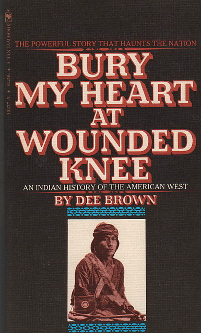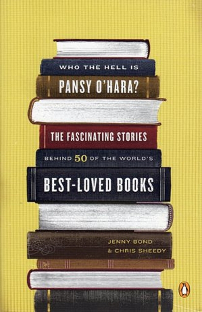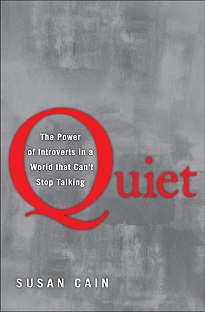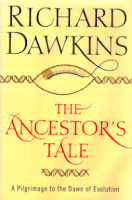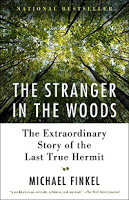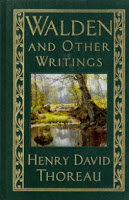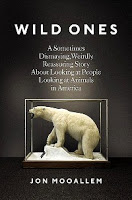It is hard to know what to say about this book, when so much has already been said, and it was a difficult read. History of European expansion across the West in the 1700’s, from the Native American perspective. Well, it was written by a white man, but the account relates what the Native leaders recorded of events, battles and outcomes. Over and over the same story was told: local tribes welcomed the explorers and settlers they met, gave them food, land, sometimes taught them how to fish or hunt local game. Gave them permission to build roads, travel through their horse pastures and hunting grounds, mine for gold. Watched in dismay as wildlife was driven away and became scarce, protested when they were told they had to move, or stay in one place instead of following the game in their nomadic lifestyle. Made agreements to keep the peace in treaties they couldn’t read, and that weren’t kept anyways. Faced continually broken promises, were pushed into corners where the land was inhospitable, they met unfamiliar diseases, there was nothing to eat, provisions were inadequate. Saw their families starve, their women and children ruthlessly killed. Yes some of them retaliated but for the most part it sounds like overwhelmingly the white soldiers and settlers acted without mercy, treated them as less than human, and systematically tried to eradicate them from the earth. With many tribes they succeeded. The Native peoples didn’t have comparable weapons, and they were vastly outnumbered.
The book details many incidents I was somewhat familiar with: the battle of Little Big Horn, the massacre at Wounded Knee- but there are so many I’d never heard of. The chapters are set in more or less chronological order, each tells the story of a different tribe or Native leader. There is quite a bit of overlap as the stories are interconnected and the different tribes that had long fought over territory among themselves, came together to face their overwhelming enemy: us. Key groups mentioned include the Cheyennes, Sioux, Apache, Nez Percé, Utes, Navahos, Comanches and Kiowas.
My copy has a spread of photographs in the center with portraits of famous leaders: Geronimo, Sitting Bull, Red Cloud, Victorio and dozens more. (There is no picture of Crazy Horse). I knew these names but not their stories, before. Their words are eloquent, the predicament they faced an outrage, injustice, a history we should be ashamed of. They were human just like us- some of them acted brashly, or in anger, or retaliated against settlers who had personally done them no wrong. Quite a few displayed a sense of irony or humor towards the soldiers and politicians that pushed them around. But for the most part, I got an immense sense of sorrow and anger from this book. It put into perspective for me what I read in Lakota Woman. Very good companion reads, but it makes the heart heavy.
